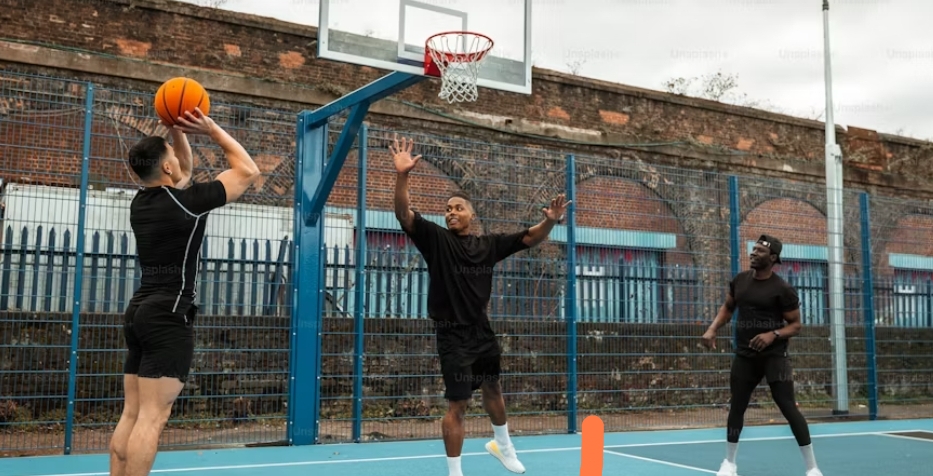Table of Contents
Sports play a vital role in society, promoting physical health, teamwork, and competitive spirit. They can be broadly categorized into various types, each with its unique characteristics and appeal. This article explores the main types of sports, highlighting their features, benefits, and cultural significance.
1. Team Sports

Team sports involve organized groups competing against each other. These sports require collaboration, communication, and strategy among team members. Some popular examples include:
- Soccer (Football) : The world’s most popular sport, played by two teams of eleven players. It emphasizes teamwork and skill.
- Basketball : Played on a court, two teams aim to score points by shooting a ball through the opposing team’s hoop.
- Volleyball : Teams of six players hit a ball over a net, aiming to land it in the opponent’s court.
Benefits of Team Sports :
- Social Interaction : Promotes friendships and teamwork.
- Physical Fitness : Enhances cardiovascular health and overall fitness.
- Life Skills : Teaches discipline, leadership, and communication.
2. Individual Sports

Individual sports focus on personal performance rather than team collaboration. Athletes compete against others or the clock. Examples include:
- Tennis : Played between two players (singles) or four players (doubles), focusing on precision and agility.
- Swimming : Athletes compete in various strokes and distances, emphasizing endurance and technique.
- Athletics : Encompasses running, jumping, and throwing events, showcasing speed and strength.
Benefits of Individual Sports :
- Self-Discipline : Encourages personal accountability and motivation.
- Focus on Personal Goals : Allows athletes to set and achieve personal benchmarks.
- Flexibility : Athletes can train and compete on their own schedule.
3. Combat Sports
Combat sports involve direct physical competition between two opponents. They can be both recreational and professional. Key examples are:
- Boxing : A striking sport where two competitors use gloves to hit each other in a ring.
- Martial Arts : Includes disciplines like karate, judo, and taekwondo, focusing on self-defense and physical conditioning.
- Wrestling : Involves grappling techniques and holds to pin an opponent.
Benefits of Combat Sports :
- Self-Defense : Teaches practical skills for personal safety.
- Physical Conditioning : Improves strength, agility, and coordination.
- Mental Toughness : Develops resilience and focus under pressure.
4. Adventure and Extreme Sports
These sports are characterized by high levels of risk and adrenaline. They often take place in natural environments. Examples include:
- Rock Climbing : Involves climbing natural rock formations or artificial rock walls.
- Surfing : Athletes ride ocean waves on boards, requiring skill and balance.
- Snowboarding : A winter sport where participants ride down snow-covered slopes on a board.
Benefits of Adventure Sports :
- Thrill and Excitement : Offers unique experiences and challenges.
- Connection to Nature : Encourages appreciation for outdoor environments.
- Personal Growth : Fosters confidence and problem-solving skills.
5. Recreational Sports
Recreational sports are often played for enjoyment rather than competition. They can be played individually or in groups. Some examples include:
- Golf : A precision sport played on courses, emphasizing skill and strategy.
- Cycling : Can be enjoyed leisurely or competitively, promoting fitness and exploration.
- Running : A widely accessible activity that can be done solo or in groups.
Benefits of Recreational Sports :
- Stress Relief : Provides an outlet for relaxation and enjoyment.
- Community Engagement : Encourages social interaction and community building.
- Health Benefits : Promotes physical activity and cardiovascular health.
The diversity of sports reflects a wide range of interests and abilities. From team and individual sports to adventure and recreational activities, each type offers unique benefits and fosters various skills. Engaging in sports not only enhances physical health but also contributes to personal development and community cohesion. As society continues to evolve, the appreciation for sports will undoubtedly remain a cornerstone of cultural identity and individual well-being.
